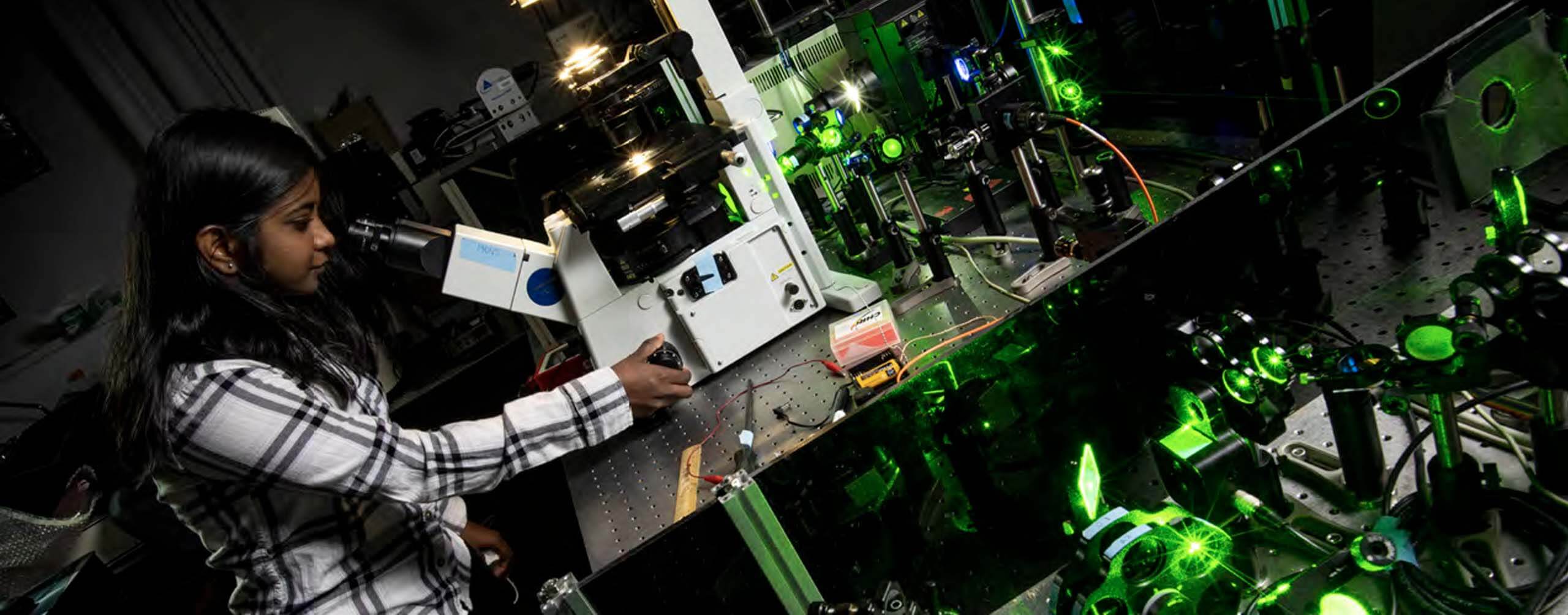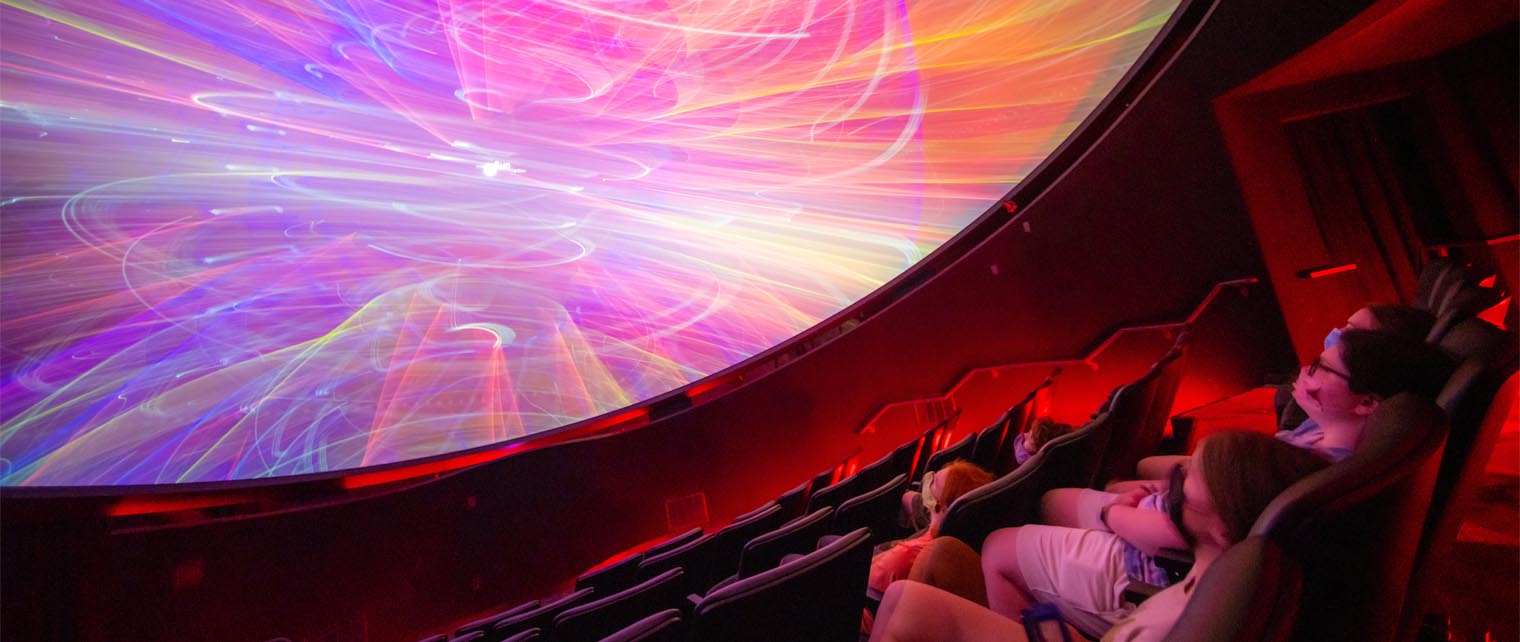
Physics
College of Liberal Arts and Sciences
Physics majors study the science underlying all other physical and applied sciences, with the universe as a laboratory. Physics is the exploration of the unknown, trying to anticipate the unexpected.
Students take a curriculum in applied science, including a carefully chosen sequence of engineering electives in one of the traditional engineering fields.
The Bachelor of Arts program is designed to be adapted to a variety of student goals. It can provide the depth of a background in physics and mathematics required by students preparing for graduate school or a physics- based career in industry or government.
It can be tailored to support careers in medicine, dentistry or in broad science areas such as astronomy, astrophysics, biophysics, environmental studies, geophysics and physical oceanography. It can serve the special needs of prospective secondary school science teachers or students who plan careers in management or law with a strong science background.
The Bachelor of Science program is intended as preparation for graduate education in physics, astronomy or related areas, leading to careers in basic or applied research and development. Also, because of its strong emphasis on science and mathematics, it is particularly appropriate for those seeking to use their B.S. degree directly after graduation in careers in research at industrial, governmental or academic institutions.
The Physics and Astronomy Department has 15 faculty members with over 50 combined research fields including: biophysics; nanophysics/surface science; physics and astronomy education research; statistical physics; spiral galaxies and galaxy clusters; and environmental/health physics. Multidisciplinary research projects are in collaboration with the departments of chemistry, electrical engineering, biochemistry, geological sciences.
Physics is everywhere in our daily lives. Physics describes how boomerangs return, waves crash on the beach and soda fizzes. Physics is the science underlying all other physical and applied sciences, with the universe as a laboratory.
The University of Maine Physics and Astronomy Department offers a wide variety of programs and opportunities, with world-class faculty members, internationally recognized research and first-rate facilities. Research topics include astronomy, biophysics, chemical physics, condensed matter physics, physics education, statistical mechanics and surface physics.
Graduates have found employment developing new golf ball dimple patterns; improving pattern-recognition software used in fingerprint identification for the FBI; creating cursive handwriting recognition software for the Census Bureau; applying wavelet theory to oceanography to predict climate behaviors; designing acoustical and amplification structures for concert halls; or engineering equipment to reduce drag and increase traction for NASCAR.
MacKenzie Stetzer
Associate Professor, Acting Chair, Department of Physics and Astronomy
Bennett Hall, Room 120
207.581.1039 | umphysicschair@maine.edu
Physics
College of Liberal Arts and Sciences
Bennett Hall
207.581.1039
The night sky
Versant Power Astronomy Center has been sharing the beauty of Maine’s night skies with visitors since it opened in 2013. The Maynard Jordan Planetarium — the state’s largest planetarium — is equipped with a state-of-the-art Sky-Skan Definiti 4K digital projection system, utilizing a specialized visualization, computing cluster under its 10-meter dome.

